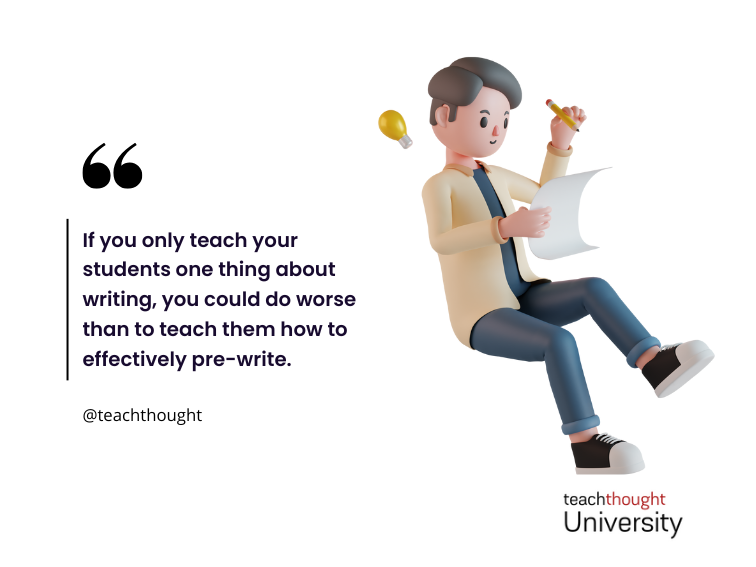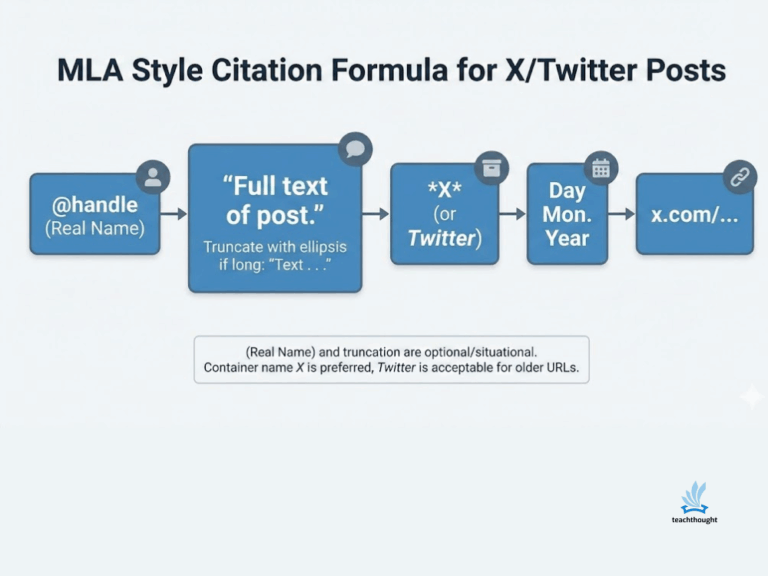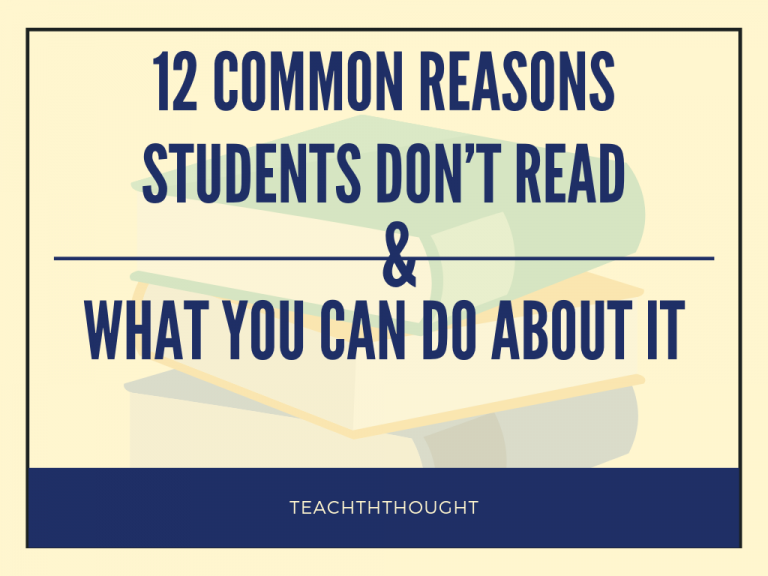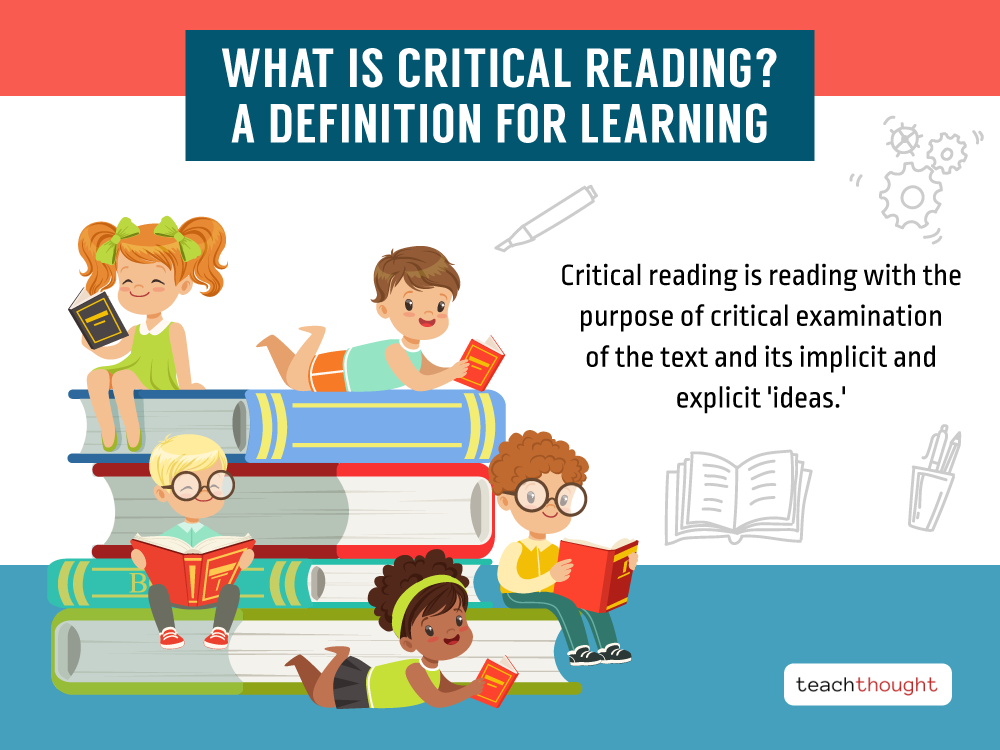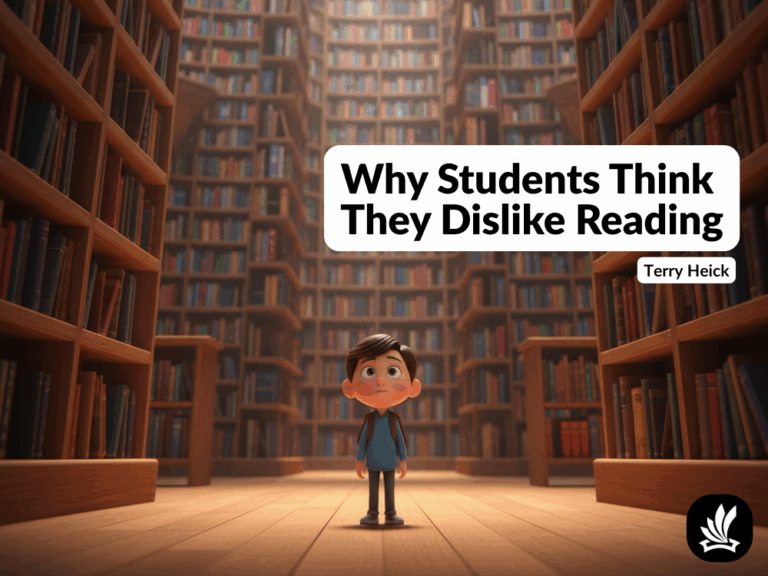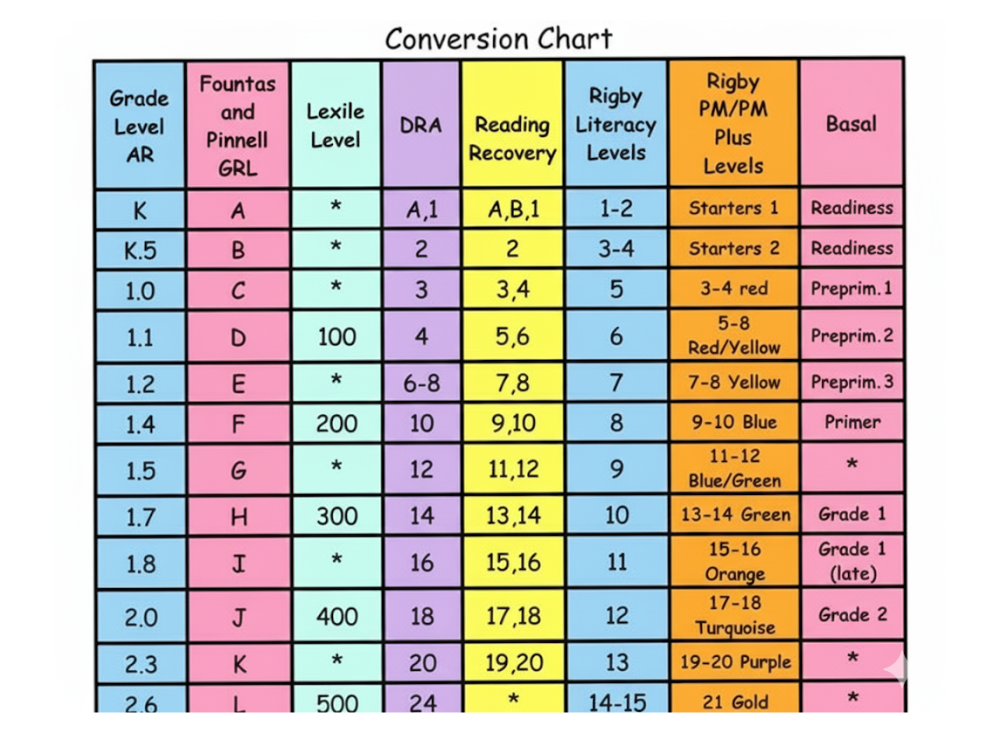When Teaching Gets In The Way Of Reading Comprehension
by Grant Wiggins, Ph.D, Authentic Education
Readers of the blog no doubt know that the title of this post refers to the general discussions taking place nationally around the ELA Common Core Standards – especially, in light of the firm words from David Coleman himself about what close reading does and does not mean.
But this brief post is prompted by a very specific recommendation Denise and I found in The Comprehension Toolkit by Harvey and Goudvis that we were discussing as part of ongoing curriculum work. I value the work of the authors, and their books and resources on literacy are justifiably in wide use. But the following quotes, we confess, do not sit well with us:
“I think it is much easier to pick out the important information when I think about what matters to me first and then think about what matters to the writer…. When we consider our own perspective first, it is easier to think about the writer’s overarching ideas.”
The annotation method proposed reinforces this idea:
“When I read something that I think is really important, I am going to mark it with a star, underline some of the important information, and then jot my thinking in the margin. And when I read something that the writer might think is important, I’ll mark it with a “W” for “Writer.” Sometimes I may agree with the writer and then code it with a star and a “W.”
Later in the lesson, when discussing the reactions of a particular student whose interests get in the way of her understanding of the text, the authors say –
“Lisa, a horse lover, could not get past the idea of horses running free…so it was not surprising that she thought that letting them run free was the most important notion in the article. However, that is clearly not the point of the article…The author is not taking a stand but simply reporting the information. Lisa is so passionate about her own ideas that she attributes them to the author as well. Readers have a habit of doing this.”
Then why encourage the habit? Why ask the reader to, first, pick out the information that matters to the reader instead of to the author? Why not start and frame the entire lesson by asking readers to figure out what the author is trying to say, exploring any personal reactions (and possible unhelpful projections) as part of the process?
The authors bend over backwards throughout this lesson (and many others) to elicit and honor the learner’s responses to what they read. But can’t we reasonably entertain the idea that there may be a cost to such attention in student understanding of the text? Might there then be a link between such an approach and the fact that released test items show repeatedly that only about half of our students can identify the main idea in a text selection?
One need not love the Standards or David Coleman’s reading of King’s Letter to rightly worry about how close we are to getting kids to read closely.
This post first appeared on Grant’s personal blog
